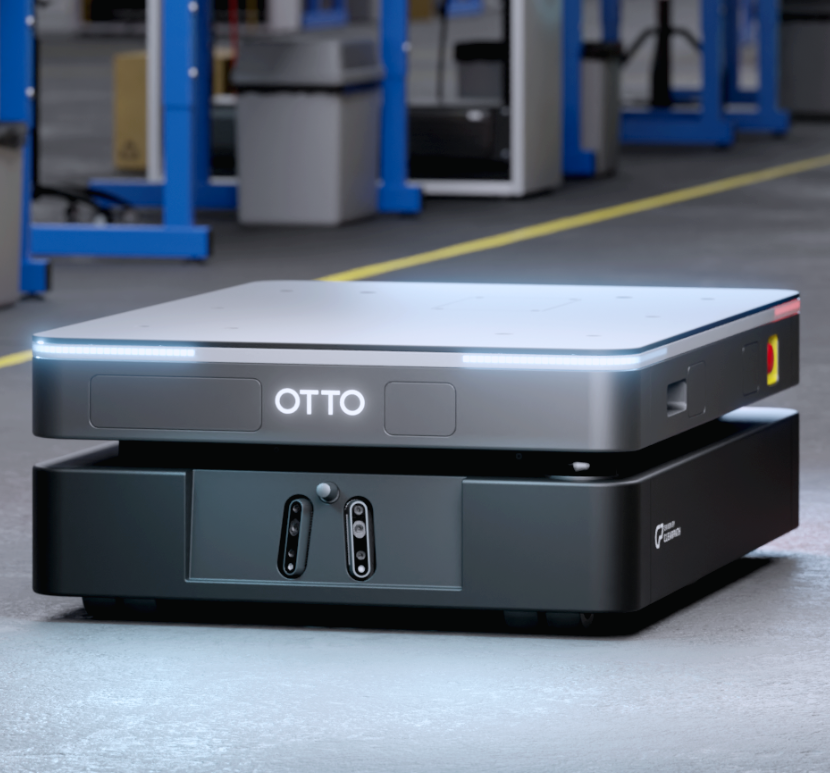Blog
The importance of measuring warehouse KPIs and metrics

Measuring warehouse KPIs is one of the most critical components of managing a warehouse, and setting benchmarks for production, quality, safety, or service goals is essential. Whether a process is manual or automated, capturing key warehouse metrics will help evaluate the effectiveness of any new technologies that are implemented - like AMRs.
These key performance indicators (KPIs) show the value of warehouse functions and can alert management to any operational inefficiencies. They also play a role in helping a company define and measure progress towards its goals.
Equipment
Warehouse metrics are key when using an automated system, especially for maintenance issues, downtime, errors, and equipment utilization. Equipment should be tracked for maintenance scheduling, by dividing the time used since the last maintenance by the average time between maintenance. This will give a predicted uptime for each piece of equipment.
Measurement of equipment throughput metrics will help catch issues before scheduled maintenance and enable them to be quickly rectified.
Inventory pick up
Inventory that is on-site but not accessible cannot be packaged and shipped. One way to reduce this metric is through an automatic materials handling system. This turns unusable and hard-to-get-at inventory into value-added income. Leveraging material-handling equipment such as conveyors, sortation systems, and AS/RS systems makes a big difference in optimizing this part of the warehouse. This warehouse KPI should be reviewed with other metrics, such as putaways per labor hour, cost per item to put away, and accuracy rate.
Inventory days-on-hand
Another important metric shows the cost of holding inventory. An inventory overage is an overhead expense that affects other cost centers. More inventory requires more storage, more time to find products, and systems needed to keep track of that inventory. There are two equations that are important to calculate:
Inventory Turnover = Cost of Total Goods Sold During a Period / Average Inventory Value
Carrying Cost of Inventory = Inventory Carrying Rate (How Long a Product Stays in the Warehouse) * Average Inventory Value
Measurement of this KPI depends on the level of automation, but a just-in-time inventory system will lower the capital costs of excess inventory. When considering adding automation systems, it is important to evaluate the cost vs. savings realized by lowering the average days-on-hand.
Cost per item shipped
The cost per item shipped is determined by the total warehouse costs divided by the total number of times shipped. Order picking and packing can be complex operations in a warehouse and should be reviewed for accuracy. The KPIs associated with this are picking labor costs, orders picked per hour, and cycle times per hour.
Each warehouse has particular circumstances that apply directly to its situation, therefore making industry benchmarks a little less relevant. It is up to managers, then, to create a plan as to where improvement is needed, by how much, and how to improve.







